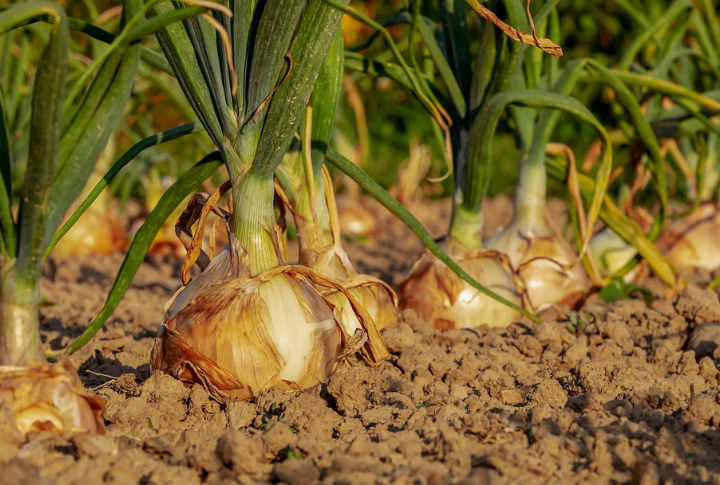
There’s something quietly fascinating about vegetables that refuse to give up. Snip a piece, and instead of surrendering, they rally and grow back stronger. It’s a simple but powerful reminder that not everything in life is one-and-done. Let’s look at 10 veggies built to thrive again and again long after you think they’re finished.
Green Onions
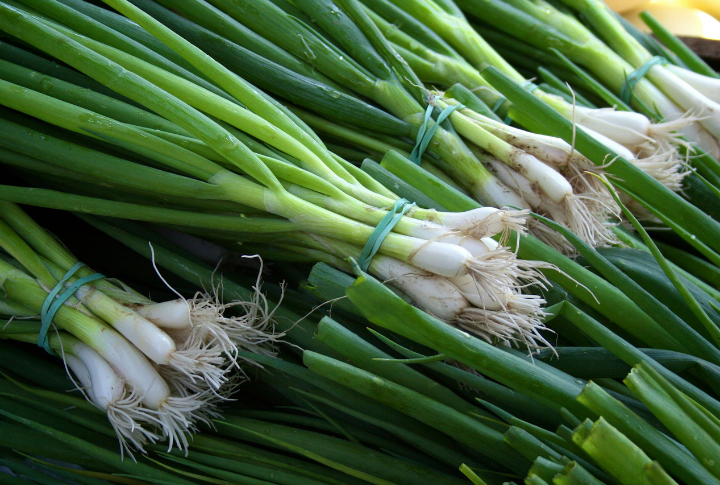
Regrowth seems almost second nature to green onions. Once the roots meet water, dormant cells in the basal plate activate within days. Historically, this regenerative trait allowed ancient farmers to cultivate continuous supplies without needing full replanting between harvests.
Lettuce
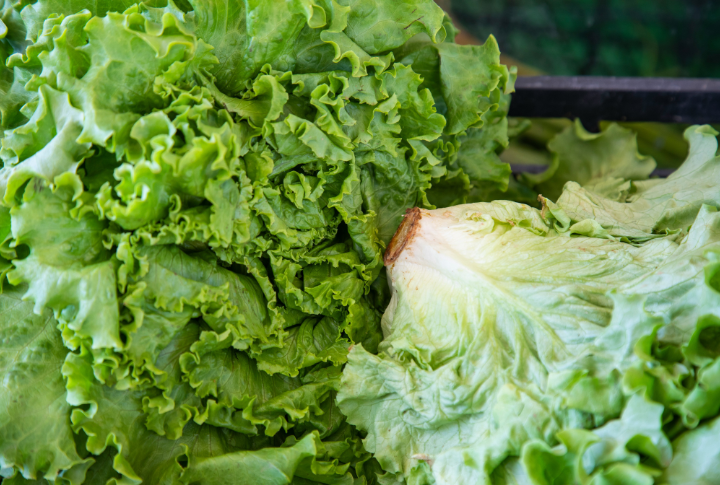
Long before grocery stores, early gardeners had a clever trick: they placed lettuce cores in shallow water to coax out a second harvest. With just a little sunlight and patience, tender new leaves would unfurl. Even today, lettuce springs back to life almost instantly, and it’s all natural.
Celery
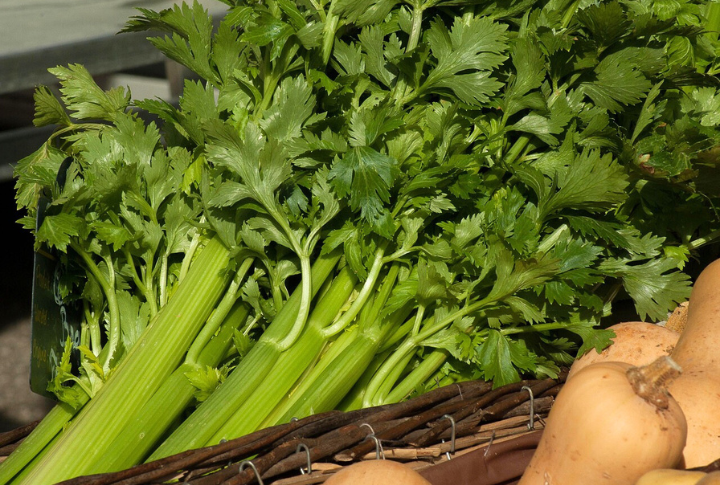
Ancient wetlands shaped celery into a natural survivor. Hidden inside every stalk is a living network of vascular bundles that stay active even after harvest. To activate it, place the base in water, and the cambium layers kick into action because of centuries of grazing.
Carrot Tops
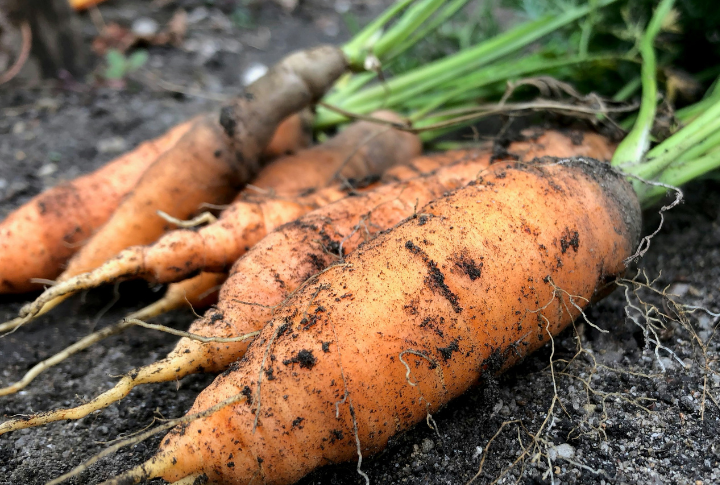
Leafy tops rapidly redevelop when placed in water, even after the root is gone. Although the taproot won’t regrow, vibrant greens will flourish above. Historically, carrot greens served culinary and medicinal roles to offer extra value. Their story continues well past the kitchen table.
Bok Choy
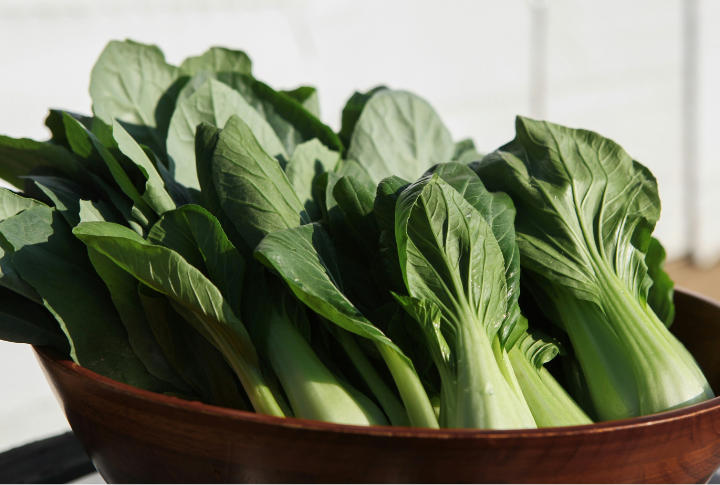
Ancient farmers across Asia favored bok choy for its rapid return during cool growing seasons. The secret lies in its base, which is packed with tightly clustered cells ready to absorb moisture and restart leaf growth. Even after trimming, bok choy doesn’t give up easily.
Spinach

When you harvest spinach and the crown remains intact, lateral buds quickly activate and push out a second flush of leaves. Thus, spinach became a critical resource in regions facing unpredictable climates, where a dependable regrowth system often meant long-term agricultural stability.
Leeks

Winter-hardy leeks store energy deep in their bulbous bases. After aggressive cuts, meristematic tissues rebuild steadily. Overwintering structures protect regrowth cells through harsh seasons. Early European farmers trusted leeks to survive and regrow when few other crops could.
Potatoes
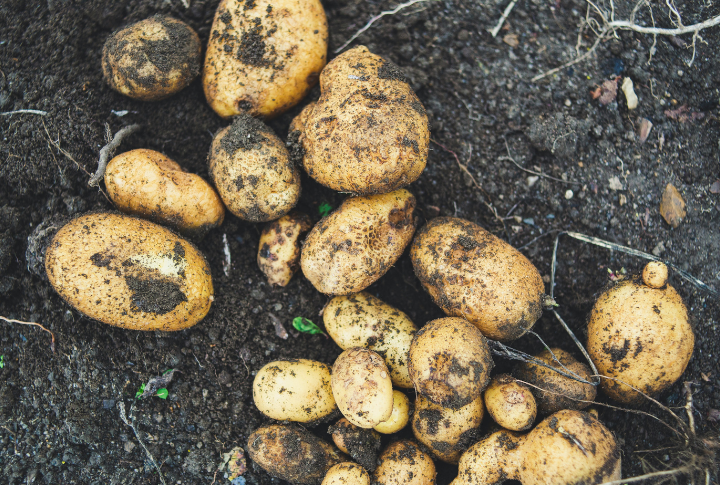
The humble potato hides new beginnings within every eye. Each node is packed with genetic potential, though regrowth demands a delicate balance of moisture and warmth. This natural sprouting process dramatically expanded the reach of potato cultivation across ecosystems worldwide.
Sweet Potatoes
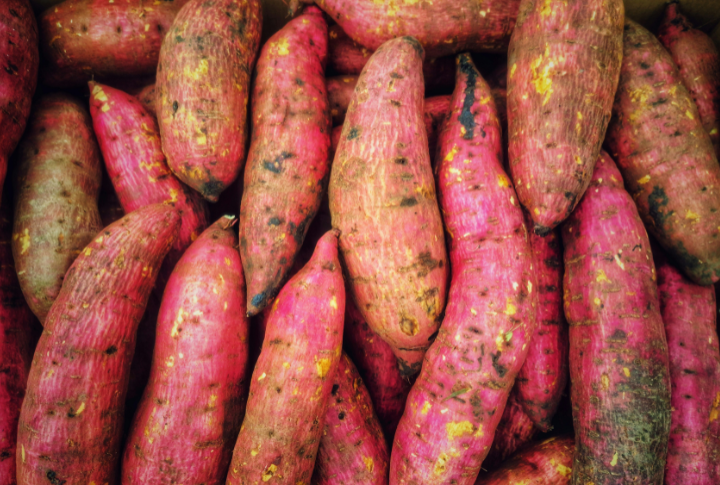
Tropical farmers counted on sweet potatoes’ slip production for survival. Adventitious buds sprout vines even from small tuber pieces once placed in water. This resilience made sweet potatoes a critical resource during droughts and periods of soil exhaustion.
Napa Cabbage
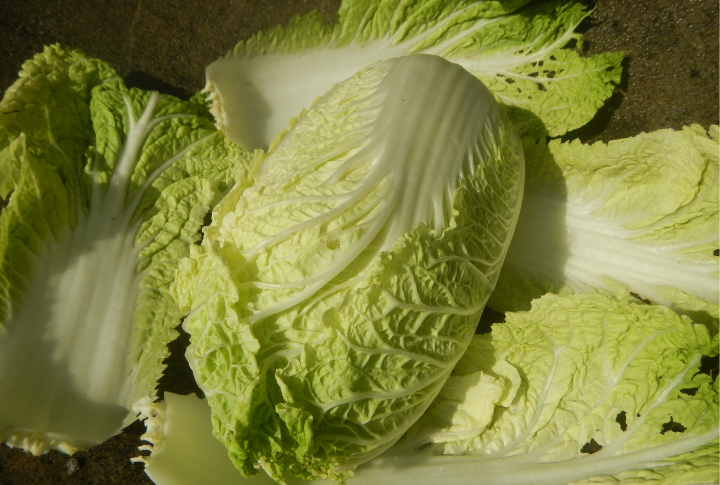
No soil is needed because Napa cabbage revives itself from its crown in shallow water. Sweet new leaves emerge surprisingly fast, so Napa was a prized fixture in early kitchen gardens. Centuries of careful cultivation across East Asia enhanced this regenerative ability.
Kale
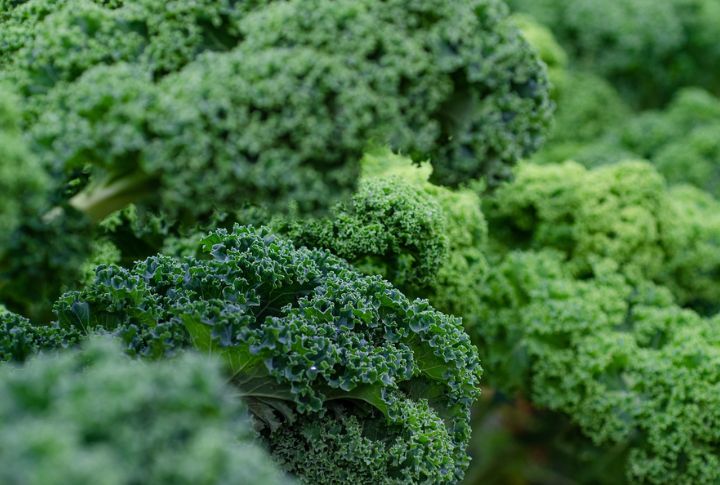
Kale meets every cut with determination. The basal buds lying just above the soil awaken quickly, sending out new leaves. And cooler temperatures further boost regrowth. Historically, Scottish farmers depended on this to nourish communities during harsh northern winters.
Kohlrabi
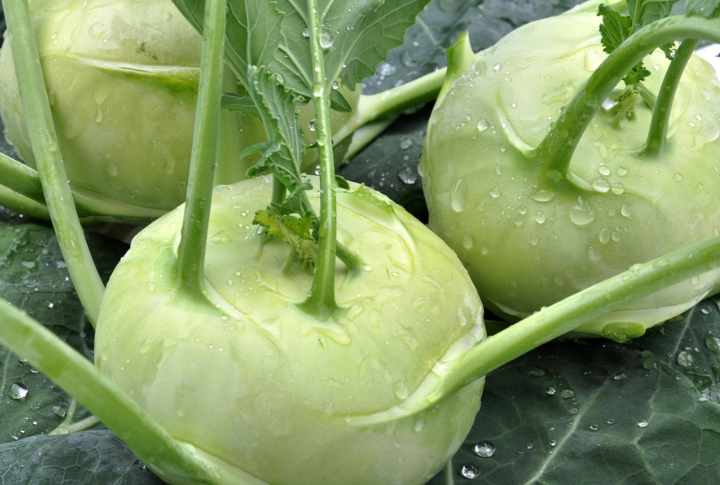
Kohlrabi’s swollen stem protects inner energy reserves. After partial harvests, new leaves unfurl from nodes hugging the base. This compact vegetable’s ability to rebound quickly made it a farming favorite during Europe’s uncertain growing seasons. With that kind of weather, they needed this.
Daikon Radish
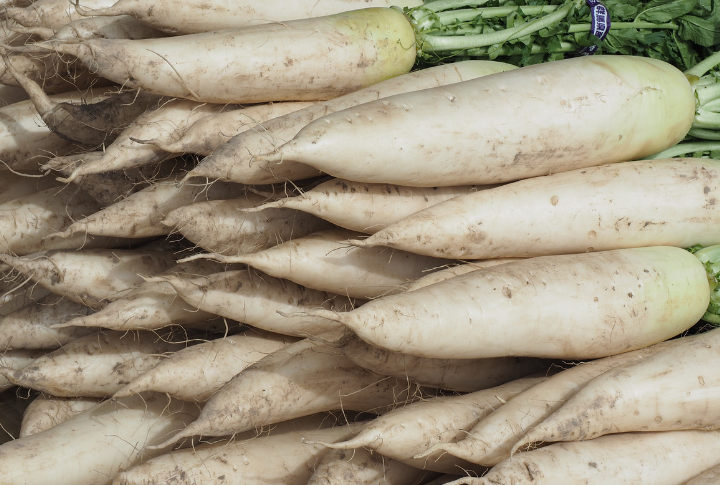
Fresh greens rise from a daikon’s crown when placed in shallow water. This dual harvest (root and leaves) gave East Asian farmers a reliable, renewable food source. Quick regrowth from the crown kept families fed longer without needing constant replanting.
Cabbage
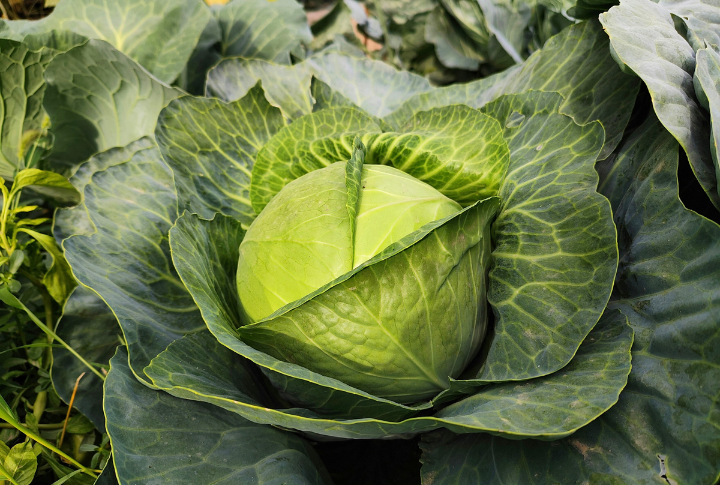
Secondary buds that sit along a cabbage’s outer stalk trigger the growth of mini-cabbages. European farmers leaned on this bonus harvest during famines and wars. A clean cut doesn’t mark the end; cabbage finds ways to give a little more in any way it can.
Beets
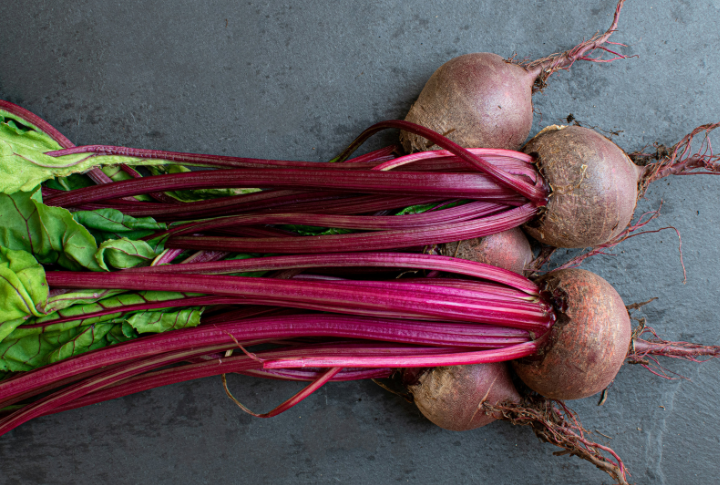
After harvest, warmth and moisture quickly coax new leafy tops from beets. Coastal farmers often relied on these greens for daily nourishment while saving hearty roots for storage and trade. Although fresh roots won’t regrow naturally, the leaves offer a valuable source of food
Mustard Greens

Quick regrowth defines the life cycle of mustard greens. Aggressive growth hormones kickstart fresh shoots within days of cutting. Meanwhile, this evolutionary edge likely emerged under constant grazing pressure across South Asia, where they were critical for survival during monsoons and dry spells alike.
Collard Greens
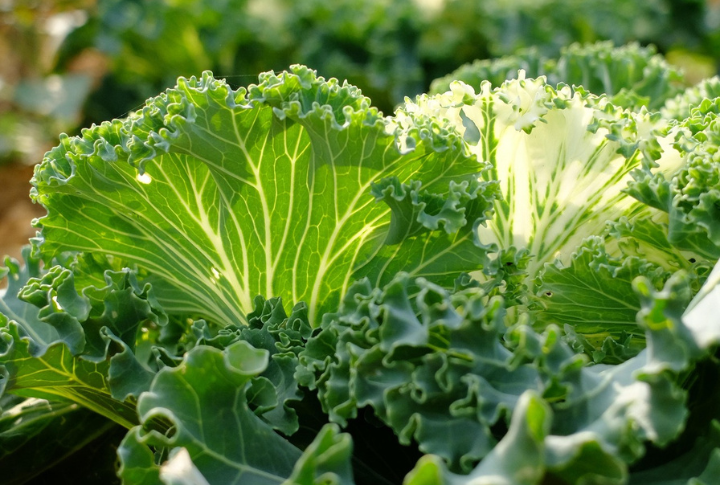
Fresh leaves spring from collard crowns after each harvest. In early American farms, collards earned a vital role: providing continuous greens through poor soils and unpredictable conditions. Each trim just encouraged the plant to grow stronger, season after season.
Onion Bulbs
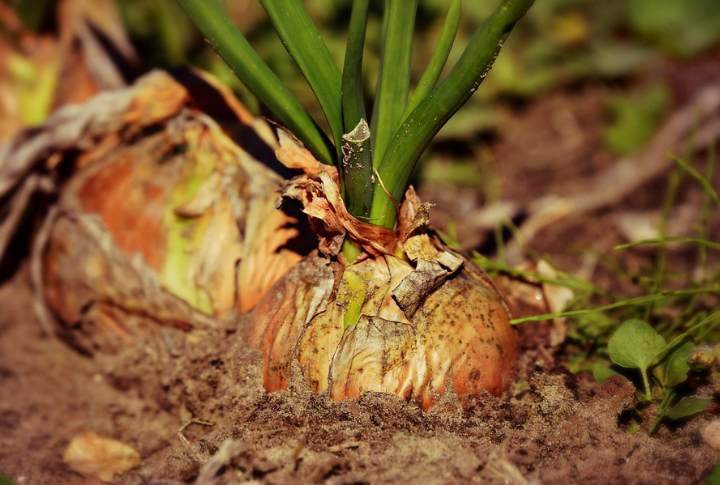
The life inside an onion bulb waits. Dormant centers hold regenerative energy, though triggering new shoots requires perfect moisture and warmth. Historically, onion’s resilience proved vital for seafaring cultures, where reliable food stores meant the difference during disasters.
Turnips
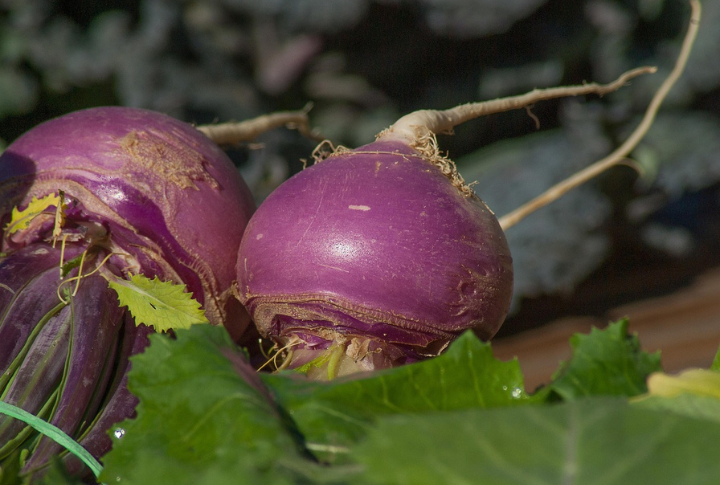
Leafy greens unfurl readily from turnip crowns even after the root is harvested. While the taproot won’t regrow significantly, the dependable appearance of nutritious shoots helped farmers make the most of lean seasons with minimal replanting. And just like beets, the roots were traded.
Swiss Chard
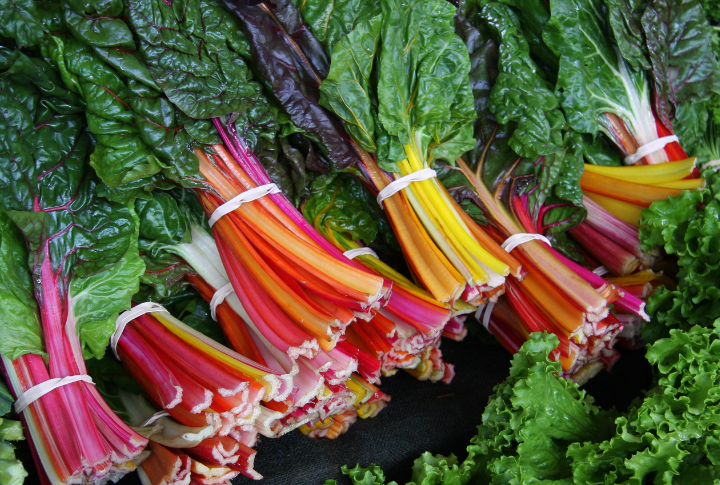
Mediterranean farmers long trusted chard to survive poor soils and droughts to keep tables full even when conditions turned harsh. This plant rebounds harvest after harvest without losing steam. Its vigorous vascular system feeds regrowth from the crown almost endlessly.

